Region Kantō Area 619 km² | ||
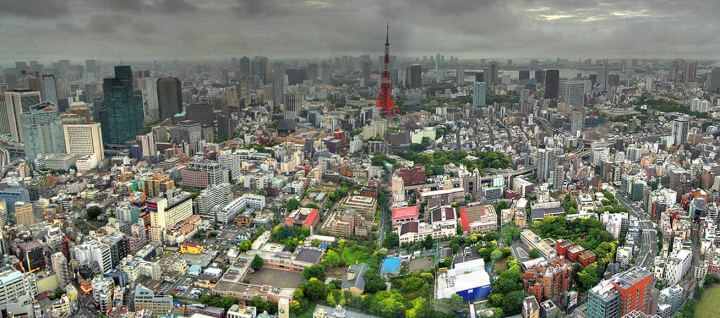 | ||
Tribute streets of tokyo special wards of tokyo japan shibuya
The special wards (特別区, tokubetsu-ku) are 23 municipalities that together make up the core and the most populous part of Tokyo, Japan. Together, they occupy the land that was originally Tokyo City before it was abolished in 1943 to become part of the newly created Tokyo Metropolis. The special wards' structure was established under the Japanese Local Autonomy Act and is unique to Tokyo.
Contents
- Tribute streets of tokyo special wards of tokyo japan shibuya
- Mitsubishi traction elevators lifts at atre department store in ebisu shibuya ward tokyo
- Differences from municipalities
- History
- 19431947
- 19472000
- 2000present
- Notable districts
- References
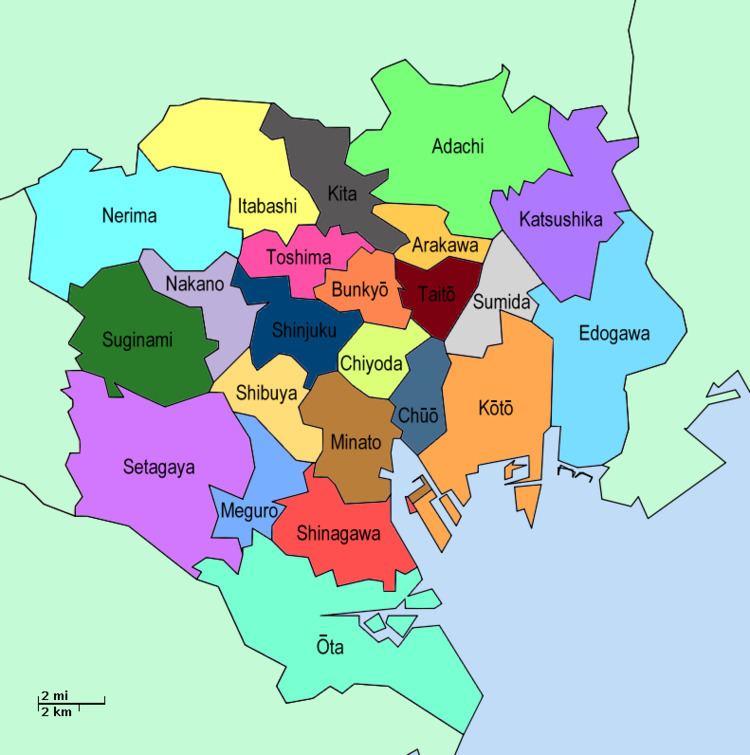
In Japanese, they are commonly known as the 23 wards (23区, nijūsan-ku). Confusingly, all wards refer to themselves as a city in English, but the Japanese designation of special ward (tokubetsu ku) remains unchanged. Moreover, in everyday English, Tokyo as a whole is also referred to as a city. Thus, the closest English equivalents for the special wards would be the London boroughs, and this can help to understand their structures and functions.
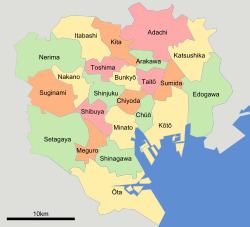
This is merely a grouping of special wards; there is no associated single government body of wards separate from the Tokyo Metropolitan Government.
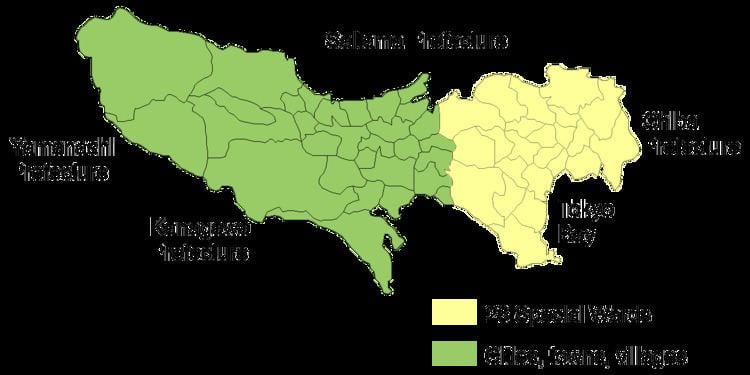
Mitsubishi traction elevators lifts at atre department store in ebisu shibuya ward tokyo
Differences from municipalities
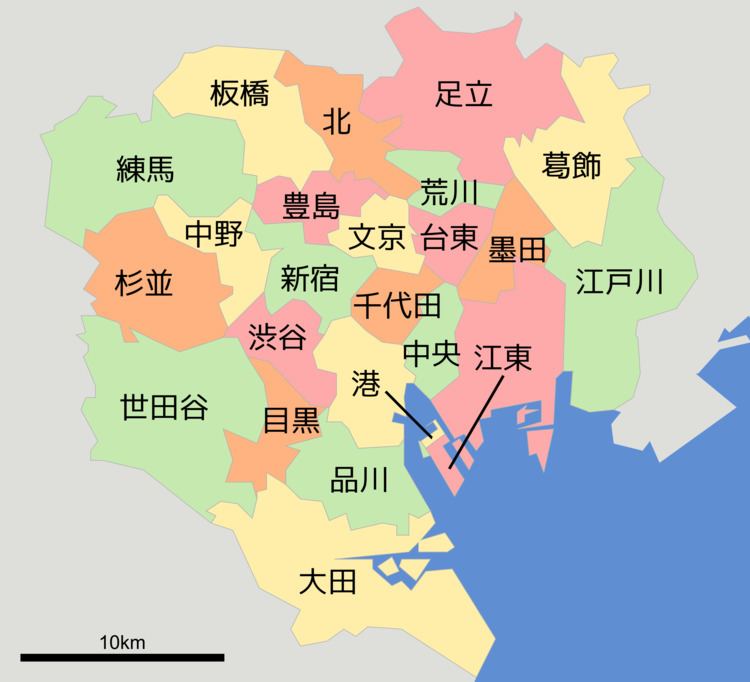
Although special wards are autonomous from the Tokyo metropolitan government, they also function as a single urban entity in respect to certain public services, including water supply, sewage disposal, and fire services. These services are handled by the Tokyo metropolitan government, whereas cities would normally provide these services themselves. This situation is identical between the Federal District and its 31 administrative regions in Brazil. To finance the joint public services it provides to the 23 wards, the metropolitan government levies some of the taxes that would normally be levied by city governments, and also makes transfer payments to wards that cannot finance their own local administration.
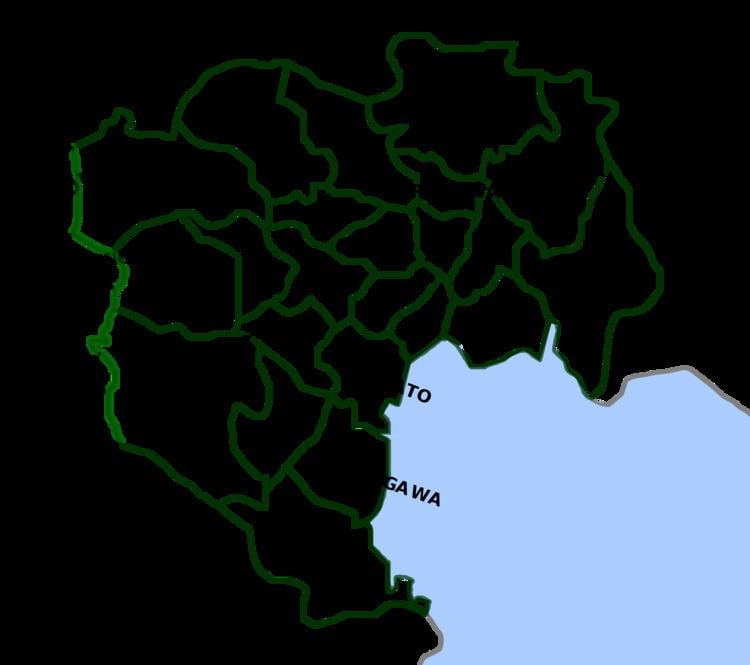
Waste disposal is handled by each ward under direction of the metropolitan government. For example, plastics were generally handled as non-burnable waste until the metropolitan government announced a plan to halt burying of plastic waste by 2010; as a result, about half of the special wards now treat plastics as burnable waste, while the other half mandate recycling of either all or some plastics.
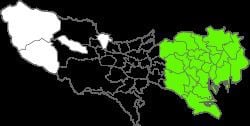
Unlike other municipalities (including the municipalities of western Tokyo), special wards were initially not considered to be local public entities for purposes of the Constitution of Japan. This means that they had no constitutional right to pass their own legislation, or to hold direct elections for mayors and councilors. While these authorities were granted by statute during the US-led occupation and again from 1975, they could be unilaterally revoked by the National Diet; similar measures against other municipalities would require a constitutional amendment. The denial of elected mayors to the special wards was reaffirmed by the Supreme Court in the 1963 decision Japan v. Kobayashi et al. (also known as Tokyo Ward Autonomy Case).
In 1998, the National Diet passed a revision of the Local Autonomy Law (effective in the year 2000) that implemented the conclusions of the Final Report on the Tokyo Ward System Reform increasing their fiscal autonomy and established the wards as basic local public entities.
History
The word "special" distinguishes them from the wards (区, ku) of other major Japanese cities. Before 1943, the wards of Tokyo City were no different from the wards of Osaka or Kyoto. These original wards numbered 15 in 1889. Large areas from five surrounding districts were merged into the city in 1932 and organized in 20 new wards, bringing the total to 35; the expanded city was also referred to as "Greater Tokyo" (大東京, Dai-Tōkyō). By this merger, together with smaller ones in 1920 and 1936, Tokyo City came to expand to the current city area.
1943–1947
On March 15, 1943 as part of wartime authoritarian tightening of controls Tokyo's local autonomy (elected council and mayor) under the Imperial municipal code was eliminated by the Tōjō cabinet and the Tokyo city government and (Home ministry appointed) prefectural government merged into a single (appointed) prefectural government; the wards were placed under the direct control of the prefecture.
1947–2000
The 35 wards of the former city were integrated into 22 on March 15, 1947 just before the legal definition of special wards was given by the Local Autonomy Law, enforced on May 3 the same year. The 23rd ward, Nerima, was formed on August 1, 1947 when Itabashi was split again. The postwar reorganization under the US-led occupation authorities democratized the prefectural administrations but did not include the reinstitution of Tokyo City. Seiichirō Yasui, a former Home Ministry bureaucrat and appointed governor, won the first Tokyo gubernatorial election against Daikichirō Tagawa, a former Christian Socialist member of the Imperial Diet, former vice mayor of Tokyo city and advocate of Tokyo city's local autonomy.
Since the 1970s, the special wards of Tokyo have exercised a considerably higher degree of autonomy than the wards in other cities (that unlike Tokyo retained their elected mayors and assemblies) but still less than other municipalities in the country, making them more like independent cities than districts. Each special ward has its own elected mayor (区長, kuchō) and assembly (区議会, kugikai).
2000–present
In 2000, the National Diet designated the special wards as local public entities (地方公共団体, chihō kōkyō dantai), giving them a legal status similar to cities.
The wards vary greatly in area (from 10 to 60 km²) and population (from less than 40,000 to 830,000), and some are expanding as artificial islands are built. Setagaya has the most people, while neighboring Ōta has the largest area.
The total population (census) of the 23 special wards had fallen under 8 million as the postwar economic boom moved people out to suburbs, and then rose as Japan's lengthy stagnation took its toll and property values drastically changed, making residential inner areas up to 10 times less costly than during peak values. Its population was 8,949,447 as of October 1, 2010, about two-thirds of the population of Tokyo and a quarter of the population of the Greater Tokyo Area. As of December 2012, the population passed 9 million; the 23 wards have a population density of 14,485 per square kilometre (37,501 per square mile).
The Mori Memorial Foundation put forth a proposal in 1999 to consolidate the 23 wards into six larger cities for efficiency purposes, and an agreement was reached between the metropolitan and special ward governments in 2006 to consider realignment of the wards, but there has been minimal further movement to change the current special ward system.
Special wards do not currently exist outside Tokyo; however, several Osaka area politicians, led by Governor Toru Hashimoto, are backing an Osaka Metropolis plan under which the city of Osaka would be replaced by special wards, consolidating many government functions at the prefectural level and devolving other functions to more localized governments.
Notable districts
Many important districts are located in Tokyo's special wards:
